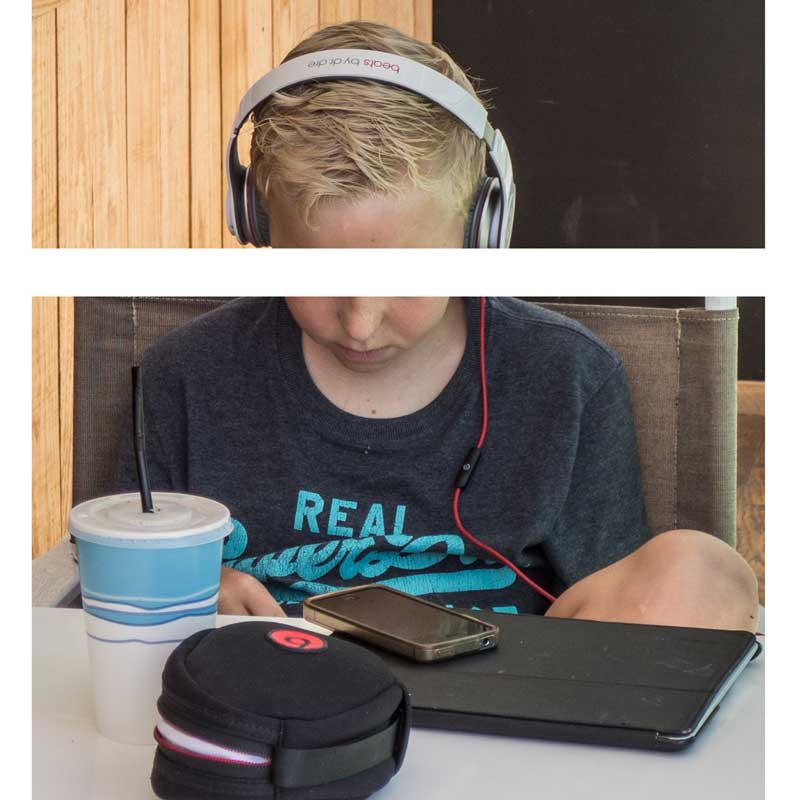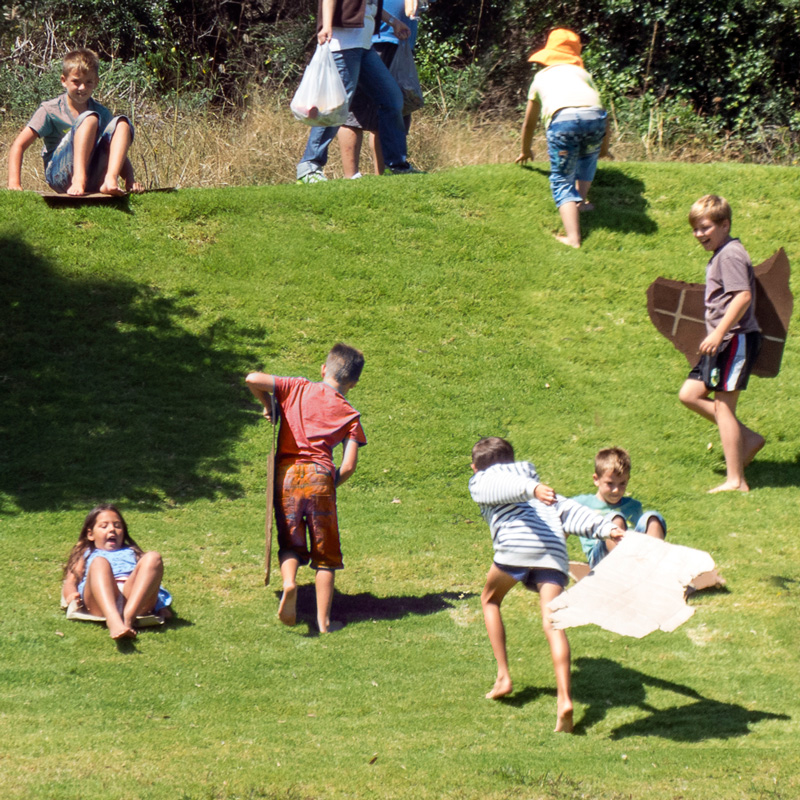What’s the problem?

The challenges faced by youth today are not simple and will not be solved with more social workers, police, teachers, what passes for new social housing or increasing welfare payments. The challenges include
- Safety deficit: Parents isolate their children for fear of harm (with good reason)
- Nature deficit: Children are becoming isolated from the natural world
- Social deficit: Children isolated from adults and elders, no role models
- Work ethic deficit: Children and teens lack exposure to work and entry jobs
- Poverty: No money for the basic necessities of life
- Poverty: Parents have their own problems, lack basic parenting skills
- Poverty: An unhealthy environment surrounded by dysfunction
- Digital addiction: Few real social networks, inhibits becoming functional adults
- Dysfunctional Schooling: Bullying, overloaded teachers, social isolation
- Substance abuse: Rampant in NZ, a major youth problem
- Youth despair and suicide. The ultimate response to desperate conditions
- Teen pregnancy and irresponsible parenting
The overused aphorism it takes a village to raise the child may be pithy, but it is true. Children learn by interacting with adults, by observing role models and learning the boundaries of society. When society creates artificial boundaries that break down human norms, dysfunction becomes the norm.
The government is concerned about child poverty, but fails to understand what causes poverty, and more importantly what ends it. Poverty is more than not having enough money. It is a withering of the soul, a despair that saps vitality and creates an unhealthy dependency on government systems. Poverty ends when social coherence is restored, when people feel their are a participating member of a community, where they have a social purpose. This social purpose must also be accompanied by what might be called a balance of trade, that one’s income is sufficient to meet one’s needs.
How a Market Town solves it

Humans are inherently social. They are hard-wired to learn in social environments where the first and most obvious answer is to ensure they live in complete communities surrounded by the full range of functional adults (as opposed to criminals, for example).
Begin by making these communities safe. Cars turn towns into mincemeat says architect Christopher Alexander, so ban the cars in the urban core. This makes the streets safe for children, with parents comfortable letting them venture outside unaccompanied. In what used to be normal, children become free-range once again.
Then divide a town into side-by-side villages with a plaza in the centre of each that includes childcare and primary school classrooms. A village has about 500 people, where everyone knows everyone else; 50 will be primary-school-age children. The adults living/working locally will keep an eye on the kids, because they know them.
These are not new ideas. They are obvious and easily understood by parents and policy makers. Until the introduction of the transport era, for as long as humans have been humans, they lived in 24/7 communities where the young grow up among adults. Science today conducts studies that show what parents have always known – children learn by observing, imitating and interacting with adults. Take that away and the child’s growth is stunted.
Restoring it is easy. Don’t change the time, the subject matter or the social relationships in the school, just change the place. Locate the primary school classrooms on the village plazas. Place the high school on the town plaza. Use the town’s greenbelt playing fields for sport and outdoor activity. Permit students to take lunch at the village cafe or walk home or join their parents lunch at work.
And to make it easier to build these shopfront classrooms, don’t ask the Ministry of Education to pay for them. Include the classrooms in the project budget.